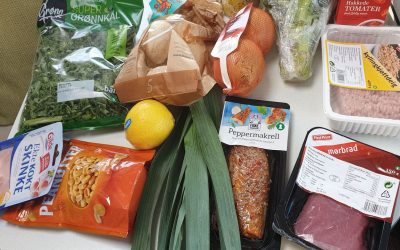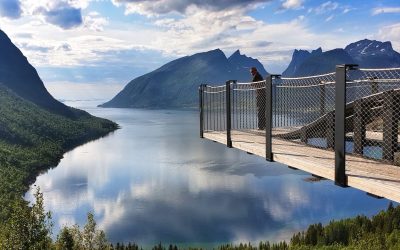Norway - a land of dreams After an epic seven weeks in Norway and a total of five months in Scandinavia during the summer of 2019,...

travelling to Norway in a motorhome
travelling to Norway in a motorhome
Visiting Norway – All Things Shopping
Norway - It's so expensive! So many people tell us that they are worried about travelling to Norway because of the prices; of food, tolls,...
Visiting Norway – All things Travel
Norway - the geological genius that mesmerises you around every corner Visiting Norway in a motorhome is a dream come true for so many. I...
Follow us
You can find us on social media,
different channels for different content.



